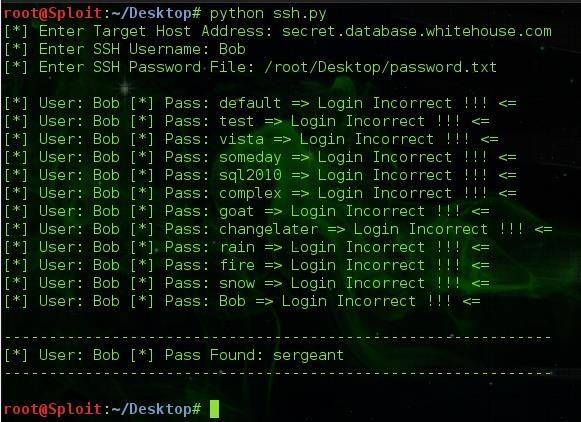

Now because we’re using the context manager then we need to give it a variable so that it’s going to open it as this variable. Using variables with the file open method Once we pass the name of the file that we intend to open which in this case is called ‘mytextfile.txt.’ we need to put a comma and then another quote mark and the ‘r’ for reading. So inside our with open() statement here we will have quotes marks and then we type the name of the file. In this case, we’re going to be using just reading. “x” – Create – Creates the specified file.“w” – Write – Opens a file for writing.“a” – Append – Opens a file for appending.“r” – Read – Open a file for reading (Default).There are four different modes of opening files in python, we can open or read or write in bytes representation as enlisted below. Now inside the parentheses that precede the word open(…), we’re going to give it the name of the file and how we want to open the file. There are two keywords that are important when working with the context manager, the keyword ‘with’ and ‘open(…)’. However, python provides us with the context manager that gives developers flexibility when managing resources in Python.

Managing files in Python can be a daunting task especially if we have to open and close the files manually.

#Python file peek usage code#
Having the files that we need to work within the same directory with the Python file that we are writing code allows us to reference them directly. Both JSON and CSV files require importing extra modules, unlike text files that we can just import in and out. Text files, CSV files and JSON files are the most common types of files used in Python programs. Reading and writing files is an incredibly important skill since more often than not developers need to work with files of different formats when developing programs.


 0 kommentar(er)
0 kommentar(er)
